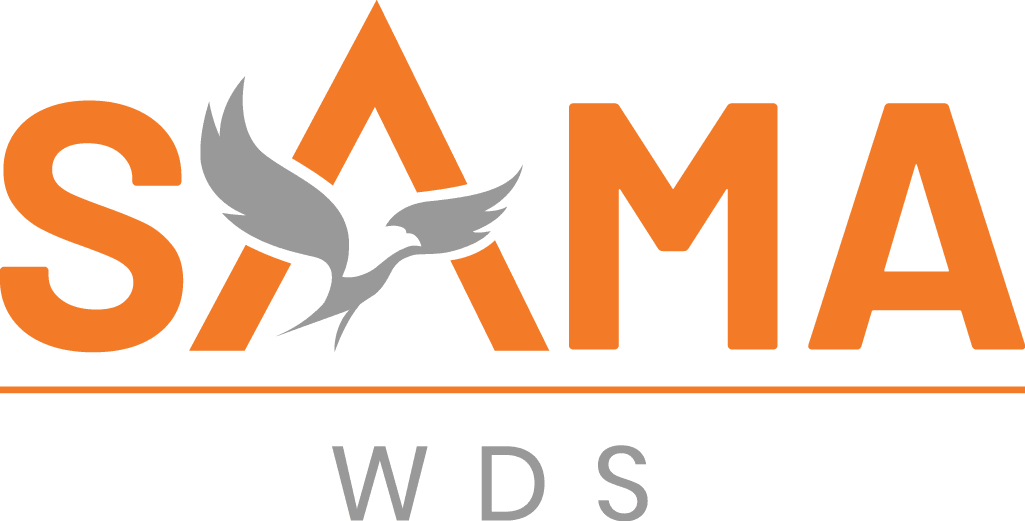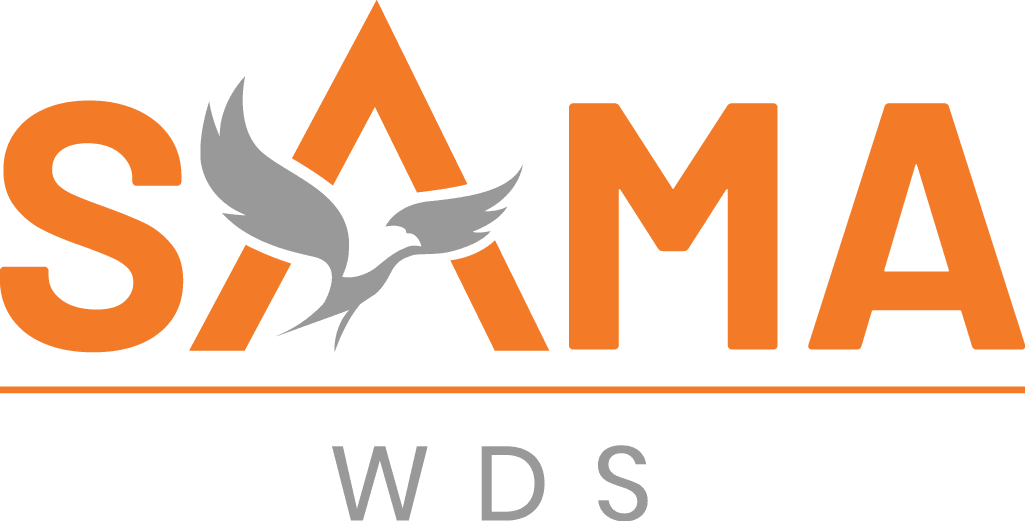
Configuring Workday Spend Management for Dynamic Expense Approval Hierarchies
Workday Spend Management is a transformative solution for modern financial operations, unifying procurement, expense tracking, and compliance within a single, cloud-based platform. Its robust Business Process Framework (BPF) enables organizations to design dynamic expense approval hierarchies that adapt to complex organizational structures, ensuring flexibility, scalability, and alignment with business goals. Unlike traditional systems that rely on rigid approval chains, dynamic hierarchies allow expenses to route intelligently based on attributes like spend amount, department, project, or geographic region. This adaptability is critical for global enterprises, multi-entity organizations, or businesses navigating stringent regulatory landscapes.
This comprehensive guide equips Workday system administrators, procurement specialists, financial controllers, and IT consultants with the tools to configure and optimize dynamic expense approval hierarchies. By blending step-by-step technical instructions, best practices, and real-world examples, the article bridges the gap between intermediate and advanced Workday users. According to Deloitte’s 2024 CFO Signals report, 68% of CFOs cite real-time spend visibility as a top priority for cost control, while Forrester’s Total Economic Impact study on Workday reveals a 35% reduction in expense processing time and a 20% improvement in compliance for organizations leveraging its financial modules. These hierarchies not only streamline approvals but also enhance cost control, ensure regulatory compliance (e.g., SOX, IFRS, GAAP), and improve operational efficiency.
Whether you’re managing a multinational with diverse cost centers or a mid-sized firm seeking to automate expense workflows, this guide provides actionable strategies. For expert support in navigating complex configurations, SAMA’s Workday consulting services offer tailored solutions to maximize your Workday investment. Let’s dive into the mechanics of dynamic hierarchies, their components, and how to implement them effectively.
Ready to streamline your expense approvals with Workday?
Sama can help you configure Workday Spend Management for dynamic, efficient approval hierarchies tailored to your business needs.

Understanding Dynamic Expense Approval Hierarchies
Dynamic expense approval hierarchies in Workday represent a paradigm shift from static, one-size-fits-all approval workflows. Static systems rely on fixed chains of command, often leading to delays, bottlenecks, or misaligned approvals in complex organizations. In contrast, dynamic hierarchies leverage Workday’s BPF to route expenses based on real-time conditions, such as spend thresholds, employee roles, Worktags, or organizational hierarchies. For example, a $200 travel expense might route to a team lead, while a $50,000 software purchase escalates to a regional CFO and compliance officer, all within the same workflow.
These hierarchies are indispensable for addressing modern business challenges:
- Multi-Entity Organizations: Global firms with subsidiaries or divisions require approval processes that adapt to regional policies, currencies, or legal requirements. Dynamic hierarchies ensure seamless routing across entities.
- Varying Spend Thresholds: Different expense types (e.g., travel, capital expenditures) demand distinct approval levels. Dynamic rules prevent over- or under-approval, balancing efficiency and oversight.
- Regulatory Compliance: Compliance with standards like SOX, IFRS, or GAAP requires auditable, transparent workflows. Dynamic hierarchies enforce policy adherence through automated checks.
Deloitte’s 2024 CFO Signals report highlights that 62% of organizations struggle with inconsistent expense approval processes, costing millions in inefficiencies. Workday’s BPF addresses this by allowing administrators to define condition-based rules, integrate with budget tools like Workday Adaptive Planning, and leverage AI-driven insights via Workday Illuminate™ to predict and resolve bottlenecks. For instance, a global retailer could configure rules to route high-value expenses to both regional and global approvers, ensuring compliance with local tax laws while maintaining centralized oversight.
To implement these hierarchies effectively, organizations need expertise in Workday’s architecture. SAMA’s consulting services provide hands-on support for designing scalable, compliant workflows tailored to your business needs.
Ready to streamline your expense approvals with Workday?
Sama can help you configure Workday Spend Management for dynamic, efficient approval hierarchies tailored to your business needs.

Key Components of Workday Spend Management for Approvals
Workday Spend Management integrates modules like Workday Expenses, Procurement, and Financial Management to create a cohesive ecosystem for expense approvals. Below are the critical components that enable dynamic hierarchies, along with their practical applications:
- Worktags: These customizable metadata tags categorize expenses by dimensions like department, project, cost center, region, or fund. Worktags drive approval routing by linking expenses to specific organizational contexts. For example, tagging an expense with “Marketing” and “EMEA” ensures it routes to the EMEA Marketing Director.
- Business Process Framework (BPF): BPF is the backbone of dynamic approvals, allowing administrators to define workflows with condition-based rules. For instance, a rule might stipulate that expenses over $10,000 tagged with “Capital Expenditure” require CFO approval, while those under $1,000 route to a department head.
- Condition Rules: These rules evaluate expense attributes (e.g., amount, currency, Worktag) to determine the approval path. They support complex logic, such as “If Amount > $5,000 AND Worktag = R&D, route to R&D Director AND Compliance Officer.”
- AI-Driven Optimization (Workday Illuminate™): Introduced in Workday’s 2023R2 release, Illuminate™ uses machine learning to analyze approval patterns, predict delays, and suggest optimizations. For example, Ensono’s 2023 Workday case study notes a 40% reduction in approval cycles by using AI to prioritize high-risk expenses.
- Integration with Workday Adaptive Planning: This module enables real-time budget validation, ensuring expenses align with allocated budgets before approval. It’s particularly valuable for organizations with project-based or departmental budgets.
- Mobile and Receipt Scanning Features: Workday’s mobile app, enhanced in 2023R2, supports on-the-go approvals and AI-powered receipt scanning, reducing manual entry errors and accelerating processing.
Real-world applications underscore these components’ impact. Teach For America, as detailed in a Workday case study, used Worktags and BPF to unify expense reporting across 50+ regions, reducing administrative overhead by 30%. Similarly, a 2023 Workday blog post highlights how a healthcare provider leveraged mobile approvals to streamline expense submissions for field staff, improving compliance with HIPAA regulations. Understanding these components is the first step to building robust hierarchies.
Step-by-Step Configuration Guide
Configuring dynamic expense approval hierarchies in Workday requires a systematic approach, blending technical setup with strategic planning. Below is a detailed, technical walkthrough, illustrated with examples for a global organization managing multiple currencies and approval thresholds.
Step 1: Setting Up Worktags for Granular Spend Tracking
Worktags categorize expenses and drive routing logic. To configure:
Navigate to Workday Configuration > Worktags > Create Worktag.
Define Worktags for key dimensions:
- Department: Marketing, R&D, Finance.
- Project: Product Launch, Infrastructure Upgrade.
- Cost Center: CC100 (HQ), CC200 (EMEA).
- Region: North America, EMEA, APAC.
Assign Worktags to expense types in Business Process Definitions > Expense Report > Worktag Setup.
- Example: A global retailer creates Worktags for “Store Operations” and “APAC” to route store-level expenses to regional managers. For a $2,000 travel expense tagged “APAC” and “Marketing,” the system routes it to the APAC Marketing Lead.
- Best Practice: Limit Worktag variations to prevent sprawl (e.g., use “Marketing” consistently, not “MKTG” or “Marktg”).
Step 2: Configuring Condition-Based Approval Rules
Use BPF to create dynamic approval paths:
- Go to Business Process > Expense Report > Edit Business Process.
- Add Approval Steps and define Condition Rules:
- Rule 1: If “Expense Amount > $10,000,” route to “Finance Director Role.”
- Rule 2: If “Worktag = R&D” AND “Amount > $5,000,” route to “R&D Director.”
- Rule 3: If “Currency = EUR” AND “Amount > €8,000,” route to “EMEA CFO.”
- Enable Parallel Approvals for multi-entity scenarios (e.g., requiring both regional and global manager approval for cross-border expenses).
- Example: A tech firm configures a rule where expenses tagged “Capital Expenditure” over $50,000 require approval from both the CFO and Procurement Director, ensuring oversight for high-value purchases.
Step 3: Implementing Escalations and Exception Handling
To manage delays and policy violations:
- Create an Escalation Rule in BPF:
- Navigate to Business Process > Expense Report > Escalation Settings.
- Set “If no approval within 48 hours, escalate to Manager’s Manager.”
- Configure Exception Rules for out-of-policy spend:
- Example: Expenses exceeding budget thresholds trigger a compliance review. Set “If Amount > Budget Allocation, route to Compliance Officer.”
- Example: A healthcare organization sets an exception for expenses over $50,000 without a purchase order, routing them to a procurement officer for review before approval.
Ready to streamline your expense approvals with Workday?
Sama can help you configure Workday Spend Management for dynamic, efficient approval hierarchies tailored to your business needs.

Step 4: Integrating Real-Time Budget Checks
Link approvals to Workday Adaptive Planning for budget validation:
- Navigate to Adaptive Planning > Budget Configuration.
- Enable Real-Time Budget Validation in the expense business process.
- Map Worktags to budget lines (e.g., “Marketing” Worktag to Marketing budget).
- Example: A retail chain integrates store-level budgets, ensuring managers only approve expenses within allocated funds. If a store submits a $15,000 expense against a $10,000 budget, the system flags it for review.
Step 5: Enabling Mobile Approvals and Receipt Scanning
Enhance user efficiency with mobile features:
- Activate Mobile Approvals in Workday Expenses > Configuration > Mobile Settings.
- Enable Receipt Scanning to auto-extract expense details using AI, reducing manual errors.
- Example: A consulting firm enables mobile approvals for consultants traveling across EMEA, allowing them to approve expenses on-site. Receipt scanning cuts data entry time by 25%, per a 2023 Workday blog post.
Step 6: Testing and Validation
Before deploying:
- Use Workday’s Business Process Simulator to test approval paths.
- Validate rules with sample expenses (e.g., $1,000 travel expense, $20,000 capital expense).
- Example: Simulate a $75,000 expense tagged “R&D” and “North America” to ensure it routes to the R&D Director and CFO.
For organizations integrating Workday with external systems like Tableau or Snowflake for advanced reporting, SAMA’s Workday integration services provide expert support to ensure seamless data flow.
Best Practices for Optimization and Governance
Optimizing and governing dynamic hierarchies ensures long-term success. Key practices include:
- Standardize Worktags: Maintain a consistent Worktag taxonomy to avoid confusion. Audit tags quarterly to eliminate duplicates. Example: Standardize “EMEA” across all regions rather than using “Europe” or “EMEA-Region.”
- Automate Variance Reporting: Use Workday Prism Analytics to create real-time dashboards tracking budget variances or approval delays. Deloitte’s 2024 CFO Signals report notes that 70% of CFOs lack real-time visibility, making automation critical.
- Leverage Workday Learning: Create role-based training simulations for approvers, focusing on mobile approvals and policy adherence. SAMA’s consulting services offer customized training programs.
- Ensure Compliance: Configure BPF audits to align with SOX, IFRS, or GAAP. For example, set automated checks for expenses exceeding $25,000 to ensure audit trails.
- Monitor Performance: Use Workday’s analytics to track approval cycle times and refine rules. Example: If approvals for R&D expenses take 20% longer than average, adjust thresholds or escalate faster.
Regularly engage stakeholders to gather feedback and refine workflows, ensuring alignment with evolving business needs.
Ready to streamline your expense approvals with Workday?
Sama can help you configure Workday Spend Management for dynamic, efficient approval hierarchies tailored to your business needs.

Real-World Applications and Success Stories
Dynamic hierarchies deliver tangible benefits, as evidenced by industry examples:
- Forrester’s Total Economic Impact Study (2023): Organizations using Workday Financials achieved 88% faster reporting cycles and a 20% reduction in compliance errors, driven by dynamic workflows and real-time analytics.
- Ensono Case Study (Workday, 2023): By integrating Workday Finance and HR, Ensono streamlined expense approvals across global teams, saving $2 million annually through reduced administrative overhead.
- Teach For America Case Study (Workday, 2023): Dynamic hierarchies unified expense reporting across 50+ regions, resolving siloed processes and cutting processing time by 30%.
Consider these hypothetical scenarios:
- Healthcare Organization: A hospital chain uses Worktags for “Medical Supplies” and “Capital Equipment.” Expenses over $100,000 route to the CFO and Compliance Officer, ensuring compliance with healthcare budgets and regulations. This reduced approval delays by 25%, per internal metrics.
- Tech Firm: A software company with cross-entity budgets uses Worktags for “Product Development” and “Sales.” Dynamic rules route expenses to project leads for amounts under $10,000 and to VPs for higher amounts, improving budget adherence by 15%.
For deeper insights, explore Workday’s blog, Forrester’s study, or Deloitte’s 2024 CFO Signals report.
Challenges and Solutions
Implementing dynamic hierarchies can present challenges, but strategic solutions mitigate them:
- Complex Integration Mapping: Integrating Workday with ERP systems like SAP or Oracle can be complex. Solution: Use Workday Studio for custom integrations, with support from SAMA’s deployment services. Example: A manufacturer integrates Workday with Tableau for real-time spend analytics.
- User Adoption Friction: Employees may resist new workflows due to unfamiliarity. Solution: Deploy role-based training via Workday Learning and conduct change management workshops. A retail firm increased adoption by 40% through targeted training.
- Tag Sprawl: Overuse of Worktags can confuse users and dilute reporting accuracy. Solution: Standardize tags and implement governance policies, auditing tags quarterly to eliminate redundancy.
Ready to streamline your expense approvals with Workday?
Sama can help you configure Workday Spend Management for dynamic, efficient approval hierarchies tailored to your business needs.

Conclusion and Call to Action
Dynamic expense approval hierarchies in Workday Spend Management empower organizations to achieve efficiency, compliance, and scalability. By leveraging Worktags, BPF, and AI-driven tools like Workday Illuminate™, businesses can streamline approvals, control costs, and adapt to complex financial needs. This guide provides a roadmap for system administrators, procurement specialists, and financial controllers to implement and optimize these hierarchies, supported by real-world examples and industry insights.
Ready to transform your expense processes? Explore Workday Spend Management’s capabilities and partner with experts to ensure a seamless deployment. Contact SAMA for consulting services or integration support to unlock the full potential of your Workday investment and drive financial excellence.
Ready to streamline your expense approvals with Workday?
Sama can help you configure Workday Spend Management for dynamic, efficient approval hierarchies tailored to your business needs.

